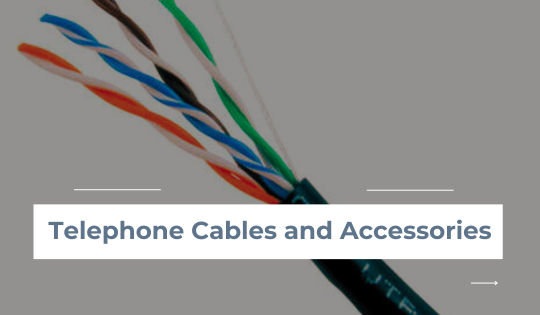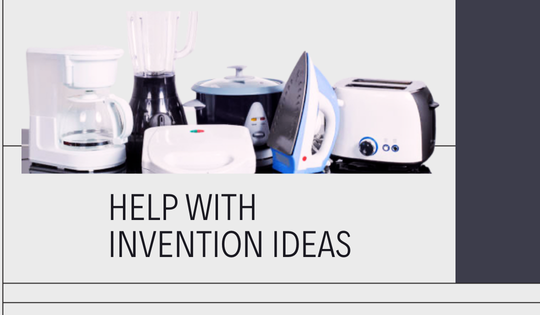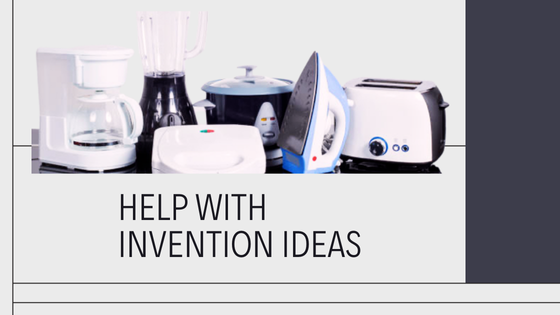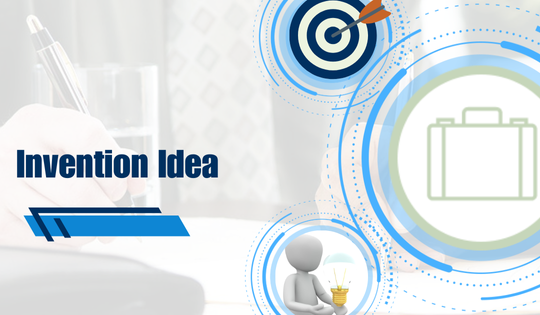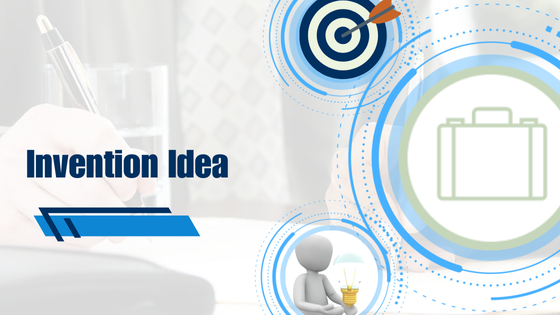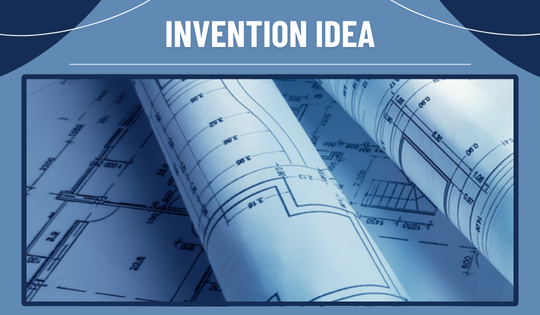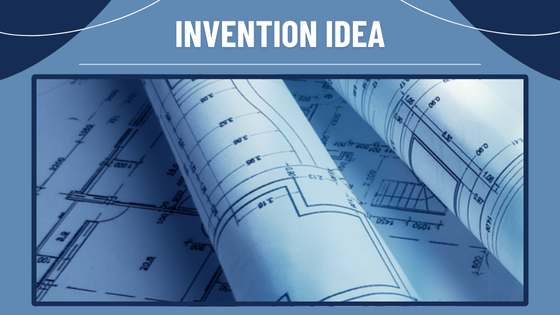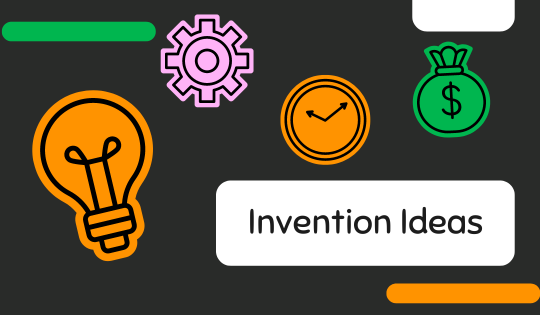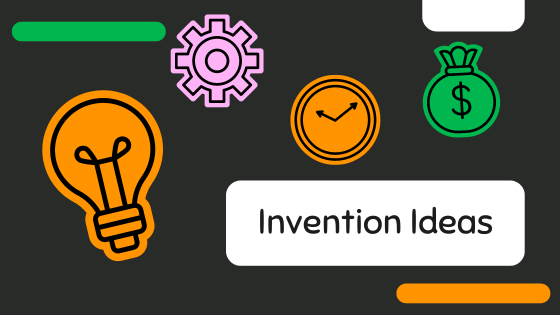How To Choose The Right Telephone Line
In today’s digital age, ensuring you have the right telephone line equipment can make a significant difference in communication quality and reliability. Whether you’re setting up a home office, upgrading your business infrastructure, or just looking to improve your telephone connectivity, choosing the right telephone line components is crucial. One great resource for this is Personet Shop, which offers a variety of high-quality telephone cables and accessories. Here’s how to select the best telephone line for your needs.
Understanding Your Requirements
Before diving into the various products available, it’s essential to understand your specific requirements. Are you upgrading an existing system, or is this a completely new installation? Will the lines be used for standard voice calls, or do they need to support data transmission as well? Identifying these needs will help narrow down your options. What ever your requirements are you can buy a สายโทรศัพท์ จาก Personet Shop.
Types of Telephone Cables
Personet Shop provides a range of telephone cables suitable for different applications. Here are some of the options available:
LINK UL-0023 DropWire w/Messenger 19 AWG (0.91mm):
This cable is great for outdoor installations due to its robust construction. The messenger wire provides additional support, making it ideal for aerial installations.
LINK UL-1022 TIEV Telephone 0.50 mm (24 AWG) 2C Cable:
This cable is excellent for standard indoor telephone wiring. The 0.50 mm diameter helps ensure clear signal transmission, making it perfect for both voice and basic data needs.
LINK UL-1032 TIEV Telephone 0.65 mm (22 AWG) 2C Cable:
If higher data transmission rates are required, the 0.65 mm diameter of this cable offers lower resistance and better performance.

Telephone Connectors and Modules
Along with cables, the connectors and modules you choose are equally important:
LINK UL-3011 RJ11 Telephone Plug:
This plug is suitable for 0.5 mm cables and is perfect for creating custom cable lengths.
LINK UL-3016 RJ11 Telephone Outlet, Tool-Free:
For easy installation without the need for specialized tools, this RJ11 outlet is a convenient option.
LINK UL-4311 Telephone Connection Module 10 Pair:
This module is suitable for more extensive installations where multiple lines need to be connected. It ensures organized and efficient wiring.
Specialized Telephone Equipment
If you need additional features or are dealing with specific installation environments, consider these products:
LINK UL-7703 Plastic Outdoor Telephone Box (30 Pair with BMF):
Designed for outdoor installations, this telephone box includes a back mount frame (BMF) and ensures your connections are protected from the elements.
LINK UL-5411 Telephone Magazine 10 Pair with 230V-5A/5KA Arrester:
This magazine offers protection against electrical surges, which is crucial for maintaining the integrity of your telephone lines in storm-prone areas.
Selecting the Right Frame
For setting up your telephone lines, the right frame can make all the difference:
LINK UL-8201 Back Mount Frame 1 Pos.:
Ideal for small setups, this frame supports a single position.
LINK UL-8210 Back Mount Frame 10 Pos.:
For more extensive systems, this frame offers ten positions and is 22 mm deep, providing ample space for your needs.
Conclusion
Choosing the right telephone line involves carefully considering the environment, the type of communication, and the specific needs of your setup. Personet Shop’s extensive range of cables, connectors, modules, and frames ensures that you’ll find the perfect components for your telephone system. By investing in quality products and ensuring proper installation, you’ll enjoy reliable and clear communication for years to come.
Explore Personet Shop’s telephone line products here to get started on your next project.
